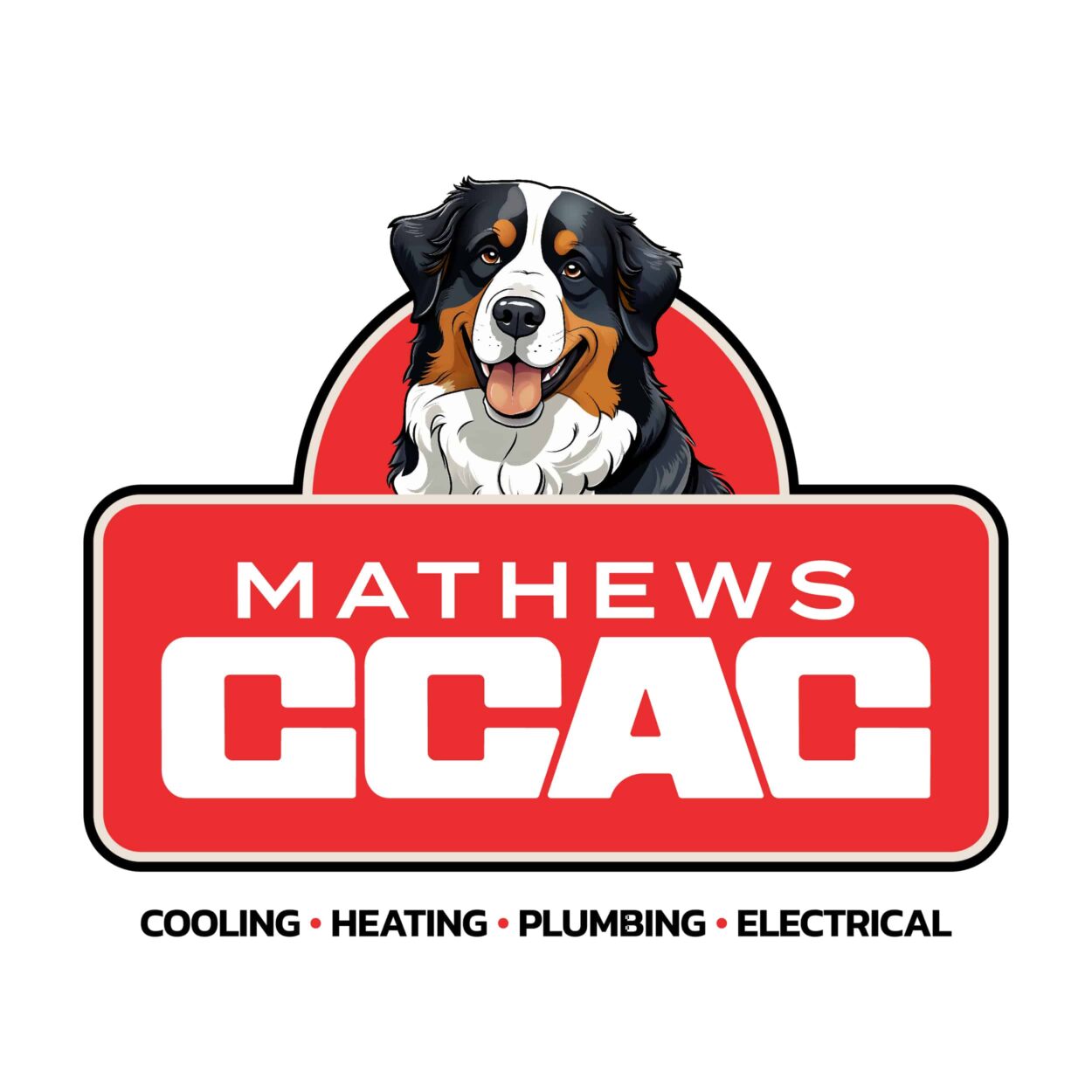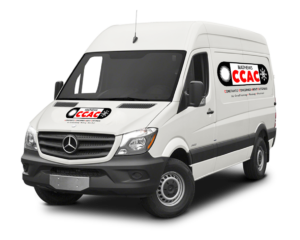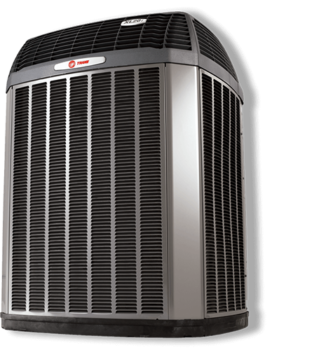
Here are three basic furnace venting options and how they function:
- Natural venting is what you’ve probably already got if you’re replacing a standard-efficiency gas-fired furnace or repairing the vent. It’s simply a straight pipe extending to the roof and discharging fumes into outdoor air. Natural venting works on the same principle as a fireplace flue. Hot gases rising create a continuous upward flow in the pipe, drawing out fumes. Natural venting is uncomplicated and inexpensive, however, the potential for backdrafting, where fumes may be drawn back into the house, is one drawback of this option.
- Direct venting is most often utilized on high-efficiency furnaces. It incorporates two separate pipes telescoped inside a single larger pipe. The intake pipe conveys outdoor air to the combustion chamber. This allows a completely sealed combustion chamber so the furnace doesn’t have to use air from inside the house for combustion. The exhaust pipe vents combustion fumes to the exterior of the house. Direct vents may be installed horizontally, venting through an exterior wall, or vertically through the ceiling.
- Power venting utilizes a horizontal configuration where the vent pipe extends through an exterior wall. An electric fan integrated into the pipe forcibly draws combustion gases through the vent and exhausts them into outdoor air. The fan only runs when the furnace cycles on, then shuts off when the furnace stops. Power venting is an effective preventive measure where the potential for dangerous backdrafting may exist.
Homeowners in the Coastal Bend are invited to contact the heating pros at CCAC for more information about furnace venting options.
Our goal is to help educate our customers in Corpus Christi, Texas about energy and home comfort issues (specific to HVAC systems). For more information about HVAC topics, download our free Home Comfort Guide or call us at 361-678-2495.
Credit/Copyright Attribution: “Dennis Cox/Shutterstock”












